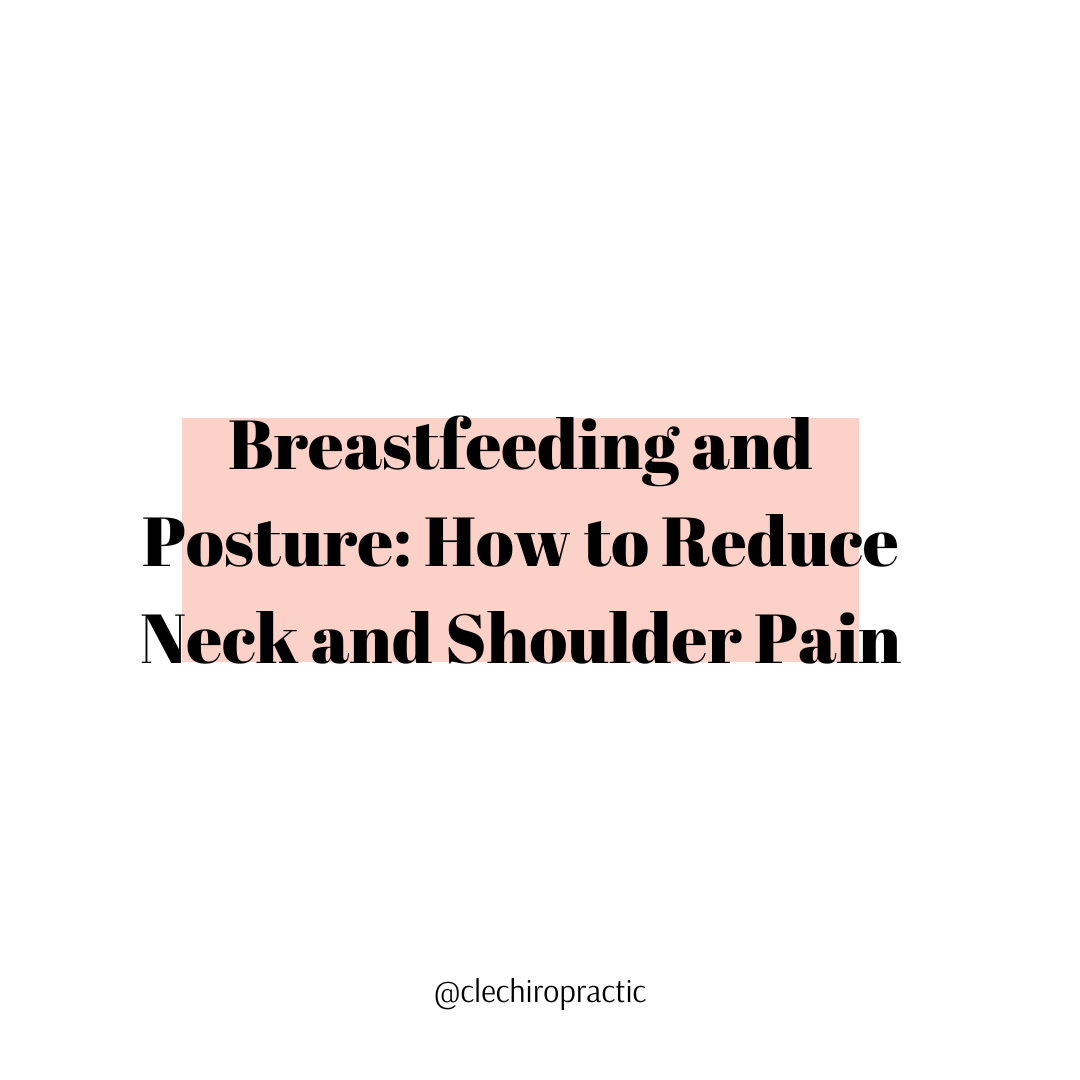September is back-to-school time and concussions become a more popular topic of discussion, especially for parents with children in sports. Although concussions can happen any time of year, it becomes more of a hot topic in this time of year with fall sports, including football. But you do not have to play football or even be an athlete to sustain a concussion. Concussions can occur as the result of a whiplash injury, falling down the steps, or slipping while walking or hiking…you don’t even have to hit your head to sustain a concussion! People of all ages can get concussions: even toddlers and pregnant women!
So what is a concussion, how do you know if you have one, and what are the treatment options? Read on to learn more!
What is a concussion?
Head/brain injuries are classified into two categories: traumatic brain injuries (TBI) and mild traumatic brain injuries (MTBI). These classifications do not mean that the symptoms are more severe for an individual but rather are based on the medical intervention needed. MTBI do not have brain bleeds. Concussions are the most common MTBI.
So why are we talking about concussions?
Anyone can suffer from a concussion. For pregnant women, babies, and children, care options tend to be more limited and conservative. This is often the same approach with caring for head and brain injuries. Chiropractic care, manual therapy, craniosacral therapy, and acupuncture are all effective, conservative treatment options that may help with healing after a head trauma and offer safe options for perinatal and pediatric patients.
How is a concussion diagnosed?
Unfortunately, there are no specific medical tests to diagnose a concussion. Research is being done to find if there are biomarkers in the brain, but nothing has been confirmed at this time. The current most accurate testing is based on an evaluation of the injured person, testing congintive and physical function along with symptoms they have experienced. Other tests such ax xrays, brainscans, and bloodwork may be done to rule out other forms of head injuries or other conditions.
What are the treatment options?
The main/most common treatment option is rest, physical and mental, until the person is cleared to return to normal activity. Even after being cleared, modified activity may be necessary to help with healing and not to exacerbate symptoms. Research has shown the safety and effectiveness of manual therapy (including adjustments, soft tissue therapy, and physical rehabilitation) in the healing process. Studies have also shown that patients who received manual therapy as part of their therapy post concussion have a shorter and more complete recovery. Nutrition plays a very important role in the healing process, especially for brain injuries. The brain needs healthy fats such as omega-3s to function optimally. Research has not only proven the effectiveness of omega-3s for healing brain injuries, but also the benefit of using for prevention. Regular consumption of omega-3s may actually help reduce the severity or incidences of brain injury!
Why is this important?
Of course, any injury, especially head trauma, should be taken seriously and properly cared for. Concussions or other MTBIs often go undiagnosed or not properly managed. Thankfully, with more awareness, many people who sustain concussions are being diagnosed sooner, more accurately, and given more information about therapy and healing options.
Want more information? Here are some great sites and resources for you and your family about concussion, care options, and return to play/life protocols:
https://pages.clevelandclinic.org/concussion-index
https://share.upmc.com/category/concussion/
If you or someone you know has sustained a concussion or other head injury, please reach out! Dr. Abbey is a Certified Chiropractic Sports Physician (CCSP) and on the Concussion Registry for the state of Ohio. She specializes in cervicocranial adjustments and concussion care, helping patients as the heal and improve their overall function.





